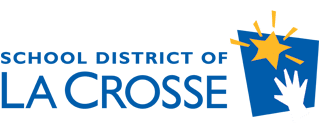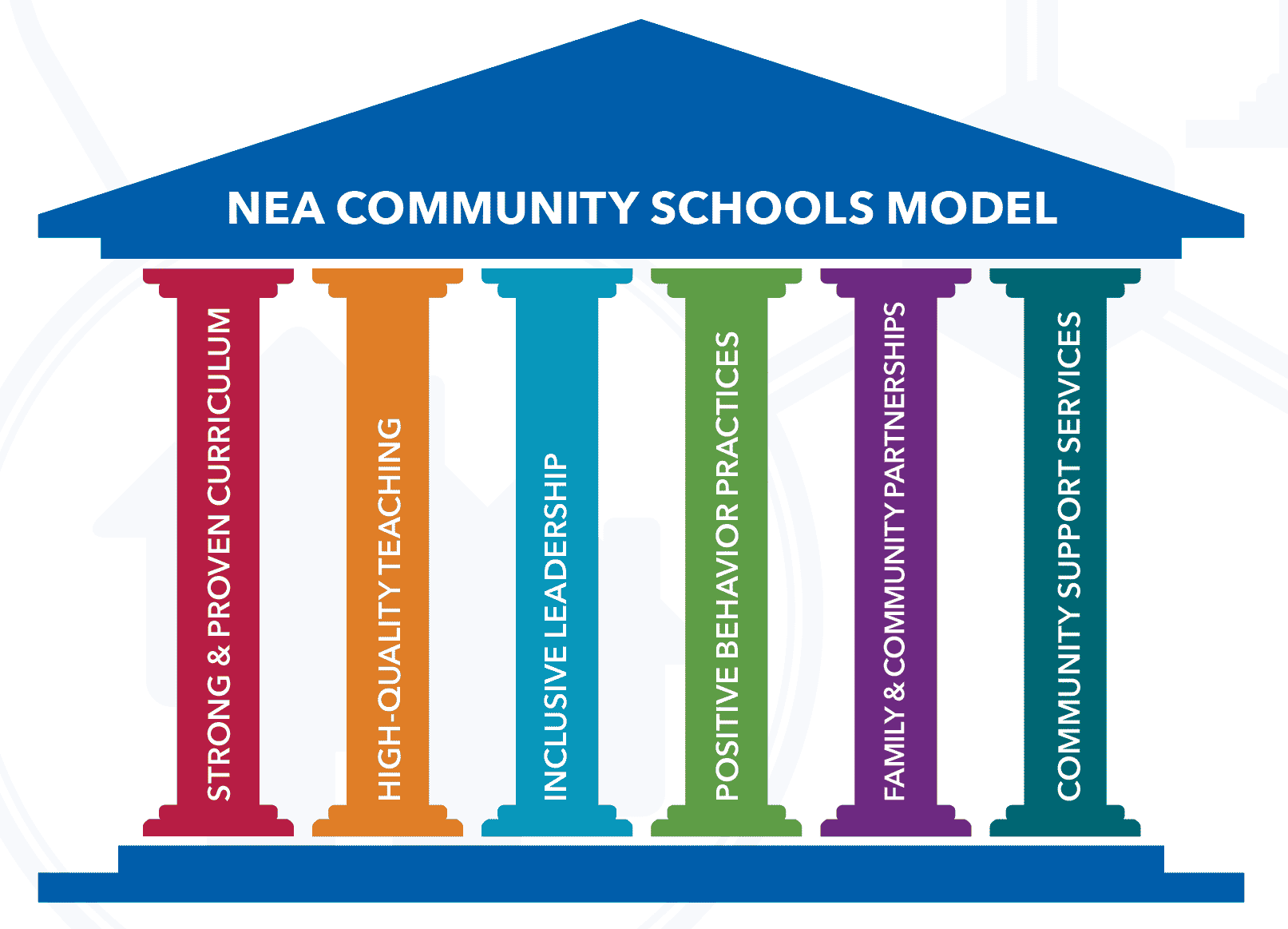Department
Community Schools InitiativeOverview
MISSION: Partnering with students, families, and communities to achieve equitable outcomes by leveraging the school as a hub for engagement, collaboration, and expanded services and opportunities.
VISION: Thriving youth, families, and communities.
Our Community Schools Initiative is a growing part of our district’s equity strategy. Currently, Hamilton Elementary School and Northside Elementary schools are in the initial implementation stage of the community school model using the guiding principles below.
Community Schools Guiding Principles
- Pursue Equity
- Invest in a Whole Child Approach to Education
- Build on Community Strengths to Ensure Conditions for Learning
- Use Data and Community Wisdom to Guide Partnerships, Programs, and Progress
- Commit to Interdependence and Shared Accountability
- Invest in Building Trusting Relationships
- Foster a Learning Organization
Contact Us
If you have any questions or concerns not addressed on our web page, please feel free to contact us using this form.
Strong and Proven Curriculum
Educators provide a rich and varied academic program allowing students to acquire both foundational and advanced knowledge and skills in many content areas. Students learn with challenging, culturally relevant materials that address their learning needs and expand their experience. They also learn how to analyze and understand the unique experiences and perspectives of others. The curriculum embraces all content areas including the arts, second languages, and physical education. Rigorous courses such as Advanced Placement or International Baccalaureate are offered. Learning and enrichment activities are provided before and after the regular school day, including sports, the arts, and homework assistance. The needs of parents and families are addressed through English-as-a-Second- Language classes, GED preparation, and job training programs.
High-Quality Teaching
Teachers are fully licensed, knowledgeable about their content, and skillful in their practice. Instructional time focuses on learning rather than testing. Individual student needs are identified and learning opportunities are designed to address them. Higher order thinking skills are at the core of instruction so that all students acquire problem-solving, critical thinking, and reasoning skills. Educators work collaboratively to plan lessons, analyze student work, and adjust curriculum as required. Experienced educators work closely with novices as mentors, coaches, and “guides on the side,” sharing their knowledge and expertise. Together, educators identify the methods and approaches that work and change those that are not meeting student needs.
Inclusive Leadership
Leadership Teams with educators, the Community School Coordinator, and other school staff share the responsibility of school operations with the principal. This Leadership Team ensures that the community school strategy remains central in the decision-making process. The team plans development and implementation that includes thinking about sustainability that involves not just fund-raising but also organizing resources in new and more effective ways. A Community School Committee inclusive of families, community partners, school staff, youth, and other stakeholders from the school’s various constituencies works in collaboration with the Leadership Team.
Positive Behavior Practices
Community school educators emphasize positive relationships and interactions and model these through their own behavior. Negative behaviors and truancy are acknowledged and addressed in ways that hold students accountable while showing them they are still valued members of the school community. Restorative discipline practices such as peer mediation, community service and post-conflict resolution help students learn from their mistakes and foster positive, healthy school climates where respect and compassion are core principles. Zero-tolerance practices leading to suspension and expulsion are avoided.
Family and Community Partnerships
Families, caregivers and community members are partners in creating dynamic, flexible community schools. Their engagement is not related to a specific project or program, but is ongoing and extends beyond volunteerism to roles in decision-making, governance, and advocacy. Their voices are critical to articulating and achieving the school’s overall mission and goals. When families and educators work together, students are more engaged learners who earn higher grades and enroll in more challenging classes; student attendance and grade and school completion rates improve.
Community Support Services
Community school educators recognize that students often come to school with challenges that impact their ability to learn, explore, and develop in the classroom. Because learning does not happen in isolation, community schools provide meals, health care, mental-health counseling, and other services before, during, and after school. These wraparound services are integrated into the fabric of the school that follows the Whole Child tenets.2 Connections to the community are critically important so support services and referrals are available for families and other community members.

